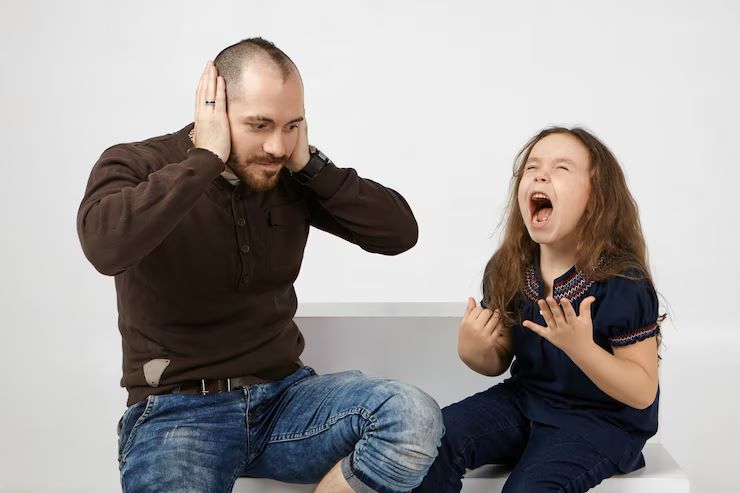Have you ever wondered why kids go from laughter to tears in seconds? From toddler tantrums to teenage mood swings, childhood is an emotional rollercoaster. As a parent, helping your child navigate these big feelings can be challenging. But with patience, understanding, and the right strategies, you can support their emotional growth and build a stronger bond.
Let’s explore some ways to support your child through their emotions.
Understanding the Emotional Rollercoaster of Growing Up
Children experience emotions intensely because they are still learning how to process and express them. Whether it’s frustration over a lost toy or anxiety about school, their emotions can sometimes seem overwhelming. Acknowledging their feelings and guiding them through emotional ups and downs can help them develop essential coping skills.
Encouraging Open Communication
One of the best ways to help kids handle their emotions is by fostering open communication. Create a safe space where your child feels comfortable expressing their thoughts. Instead of dismissing their feelings, validate them with phrases like, “I understand that you’re upset.” Encouraging conversations about emotions helps children feel heard and understood.
Teaching Healthy Ways to Cope
Teaching kids how to manage emotions in a healthy way is crucial. Introduce techniques like deep breathing, journaling, or counting to ten when they feel overwhelmed. Engaging in physical activities, such as running or dancing, can also help release pent-up emotions. Show them that it’s okay to feel emotions, but also how to handle them constructively.
The Power of Routine and Consistency
Children thrive on routine. Having predictable daily schedules can provide a sense of security, reducing anxiety and emotional outbursts. Set consistent bedtime routines, meal schedules, and downtime to help your child feel more in control of their emotions.
Setting a Positive Example
Kids learn how to handle emotions by watching you. If you react to stress with anger, they might do the same. Instead, demonstrate calmness and problem-solving. When you express emotions in a healthy way, your child will learn to do the same.

Conclusion: Growing Together Emotionally
Supporting your child through their emotional rollercoaster isn’t about fixing their feelings, it’s about guiding them through. By fostering communication, teaching healthy coping skills, and setting a strong example, you’re helping them build emotional resilience that will last a lifetime.
Helping children navigate emotions takes patience, but your love and support make all the difference. I Wish My Mommy Was An Octopus by Erin Shular beautifully illustrates a child’s longing for parental attention despite a busy schedule. This heartwarming story reminds parents that even in the midst of daily chaos, the moments of love and connection matter most.
Order your copy today and share this touching story with your little one!




